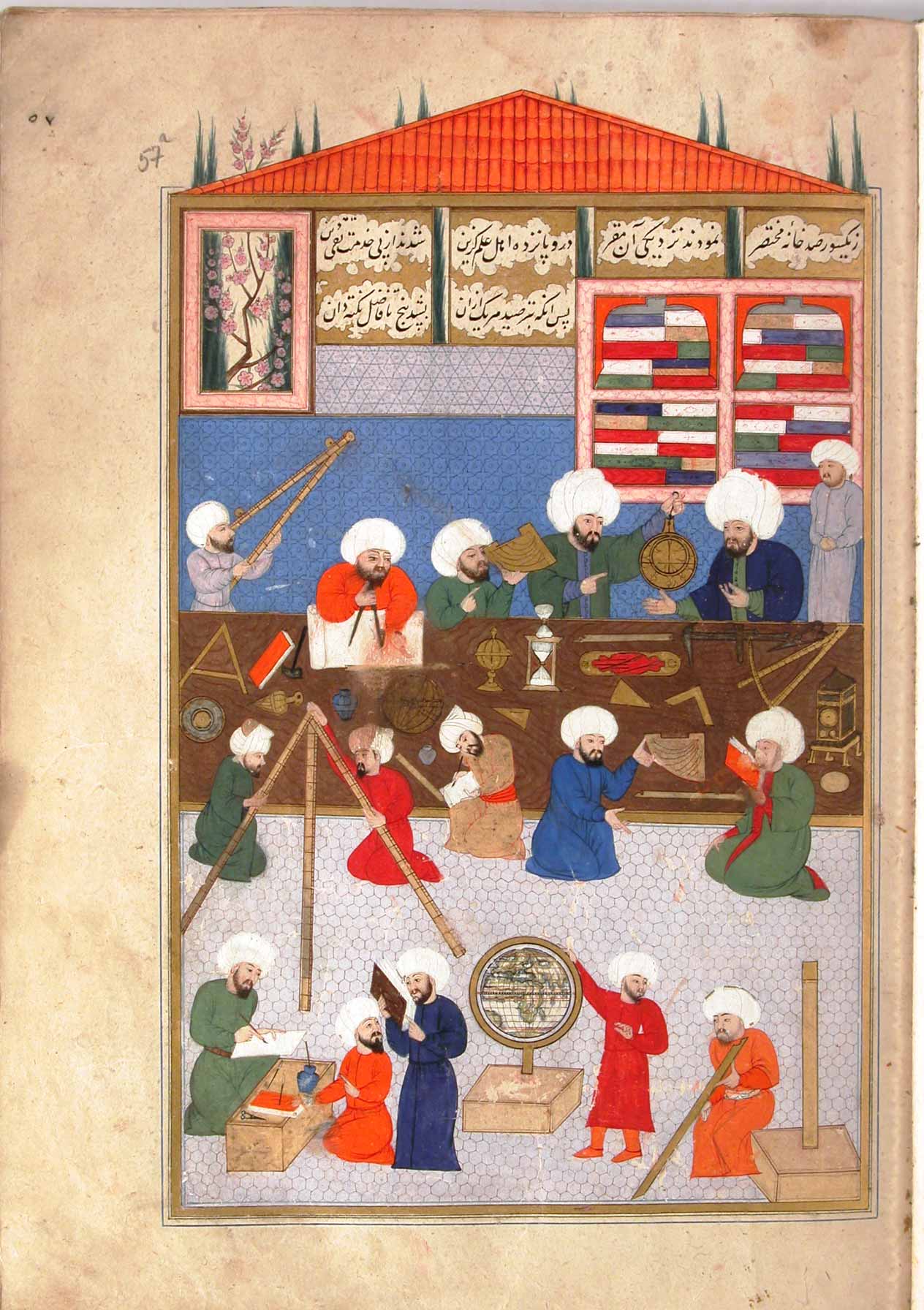The texts are extracted from
the
great
work of Dr.
Salah Eddine
Al-Djazairi.
Les textes sont extraits des
excellents travaux du Dr Salah Eddine Al-Djazairi.
The Hidden Debt to Islamic Civilisation; Bayt Al-Hikma; 2005.
The Golden Age and Decline of Islamic Civilisation; Bayt Al-Hikma;
2006.
Medicine & Related sciences
Most works on the history of any
science hardly, if ever, devote more than a few pages to the
Islamic role, a few paragraphs being the rule. What is written is
generally that such Islamic science was copied from the Greeks.
The same historians also write that fanatical Islamic Orthodoxy
harmed sciences, and persecuted scholars and left a climate of
fear that hindered the growth of such sciences. This generalised
approach tending at distorting, and belittling Islamic science is
strongly present in the history of medicine. The first heading
will run through some of its aspects, and then the following
headings, with facts, will show how Western history of Islamic
medicine, a handful of exceptions aside, is moribund and
fundamentally corrupt, at the same time.
Mathematics
Of all Islamic sciences, mathematics has been best served by scholarship, most particularly in the recent decades.Kennedy offers a good survey of the mathematical sciences in Islam. Yet despite this, its due place is not adequately recognised, and only a work of vast proportions, a sort of encyclopaedia of Islamic mathematics, written by those who excel at mathematics, Arabic, Islamic history, and the history of mathematics, could do it justice. Muslim mathematics, like other sciences, has also been a victim of the usual historical distortions, which misattribute, or suppress many of its accomplishments, or demean its importance. The following outline aims at raising some such problems. However, as with all other issues addressed in this work, this author does not have the competence, nor the space, to address all matters as adequately as wished. Others in the future will have to pursue the task.
Medicine & Hospitals
Whilst
travelling in the Near East in the years 1183-5, Ibn Jubayr noted
one or more hospitals in every city in the majority of the places he
passed through, which prompted him to say that hospitals were one of
‘the finest proofs of the glory of Islam,' (and the madrasas
another).
Some twenty or so years before, in 1160, another traveller, Benjamin
of Tudela, found no fewer than sixty well organized medical
institutions in Baghdad .Earlier, in the Muslim West, it was said
that there were 50 hospitals in Cordoba.
Arts

Medieval Western Christian admiration for Islamic arts and aesthetics is symbolised by the long list of Islamic art objects found amongst Western collections. Hence amongst the earliest in the British Museum in London is an Irish bronze gilded cross dating from the 9thcentury with a glass paste in the centre which has the Arabic phrase: `Bismillah’ (in the name of God) in Kufic letters, and in the Musee de Cluny at Paris, there is a silk fabric which came from the tomb of Bishop Bernard de Laccare, which contains Arabic inscriptions: La Illaha Ill Allah, Muhammad rasul Allah (There is no God but God, and Mohammed is his messenger).
Engineering & Technology

Transferring water to a particular level or over long distances, for a diversity of purposes, such as irrigation, supplying water to private and public places, or pumping water out of flooded mines, has relied on a variety of water raising machines. These machines have constituted matters of focus for Islamic engineers. In relation to the latter cited problem, Al-Qazwini, the 13th century geographer, speaks of a mine where water was found at a depth of 20 cubits. To clear the water from the mine shaft a wheel was set on it and it served to force it up to a tank placed at a higher level. Here, the process was repeated and the water was pumped to a second tank, from which by means of another wheel it was raised to the surface.
Previous
|





